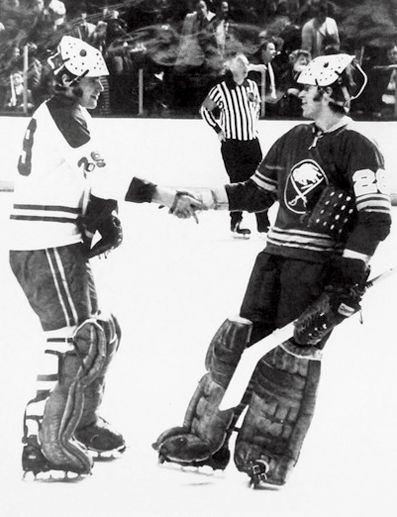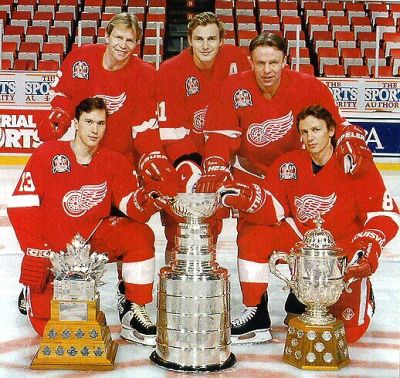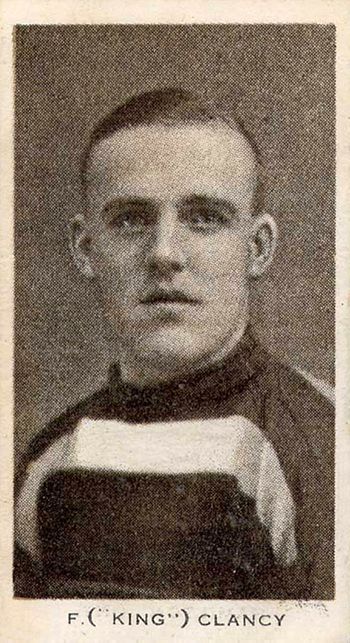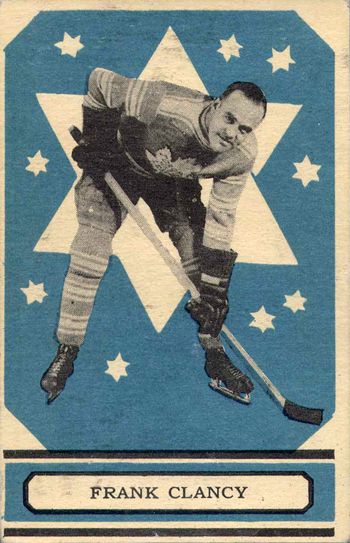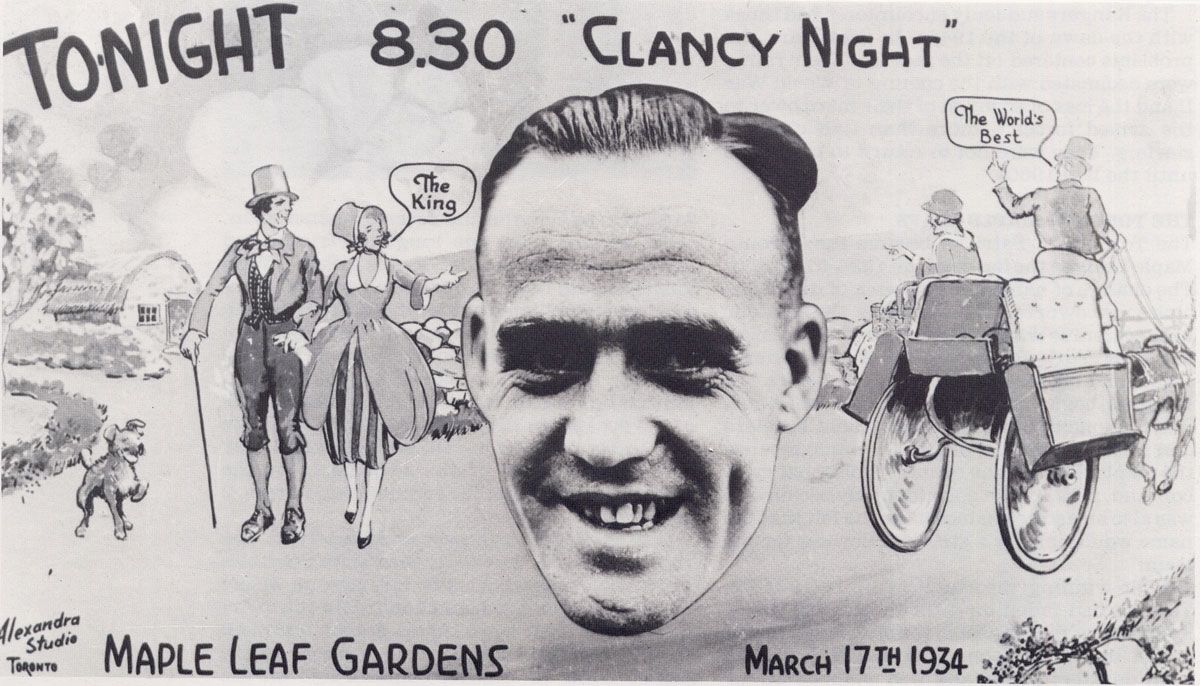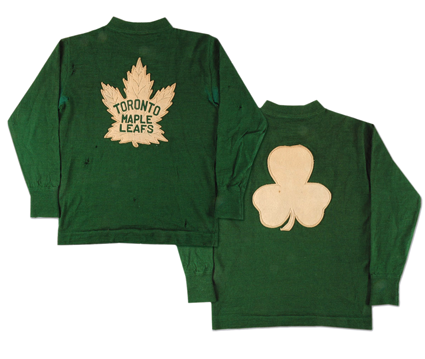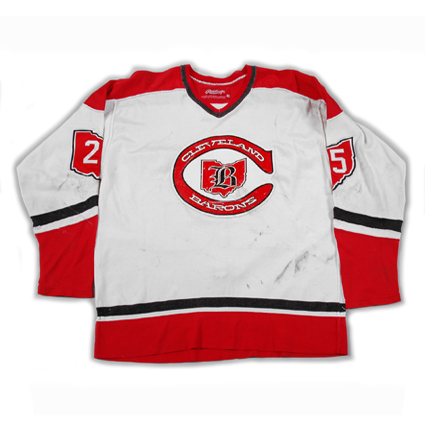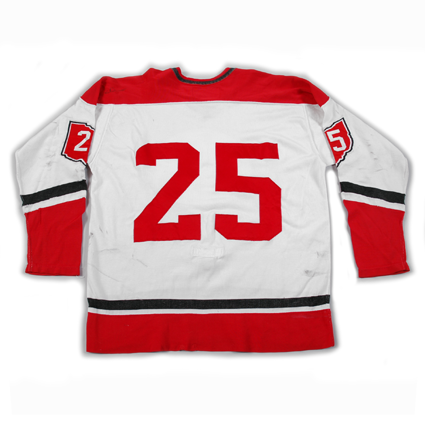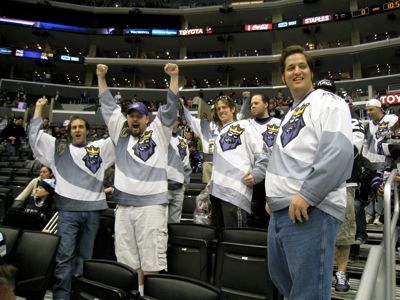History was made on this date in 1971 when the Montreal Canadiens Ken Dryden faced his brother Dave Dryden of the Buffalo Sabres in the first ever matchup of brothers in goal during an NHL game, won 5-2 by Montreal.
Dave, six years older than Ken, actually made his NHL debut with a single appearance back in February of 1962 season for the New York Rangers. Since NHL teams did not dress backup goaltenders at the time, Dave was actually sitting in the stands when Rangers starter Gump Worsley needed to be replaced after the first period. It would take him several years to see action in the NHL again, this time with the Chicago Black Hawks, where he would play parts of three seasons until establishing himself as an NHL regular with the expansion Sabres in 1970-71.
Dave would play four seasons with Buffalo before jumping to the World Hockey Association, first with the Chicago Cougars, of whom he was a part owner, before finding a home with the Edmonton Oilers for the final four seasons of the WHA and one back in the NHL.
Ken, always one to march to the beat of his own drummer, was originally drafted in 1964, but chose to instead pursue a college degree while continuing to play hockey at Cornell, where he would win an NCAA championship in 1967. After playing for the Canadian National Team in 1969-70, he would play the vast majority of the 1970-71 season with the Montreal Voyageurs of the American Hockey League while pursing his law degree at McGill University before being called up to finally make his NHL debut with the Montreal Canadiens, seven years after being drafted, in time for the final six games of the season.
Ken Dryden's NHL debut came on March 14, 1971 in a 5-1 win against the Pittsburgh Penguins and it was four days later on this date in 1971 that Ken's Canadiens squared off against Dave's Sabres, becoming the first and only pair of brothers to oppose each other in goal during an NHL game.
Although it wasn't supposed to happen.
The Sabres general manager Punch Imlach, who understood the publicity the brother versus brother would bring and how it would simply be fun to be a part of, planned all along to start Dave in goal for the Sabres, but Canadiens coach Al MacNeil had already picked Rogie Vachon to start against Buffalo rather than the untested rookie Ken.
Imlach, being the visiting team, was required to submit his lineup first and stuck to his guns with Dave, but so did MacNeil, who went with Vachon. With that, Imlach decided to immediately replace Dave in the Sabres goal once the game got underway, and once the first whistle blew, Joe Daley came on for the Sabres.
Fate intervened however, when a few minutes into the second period Vachon was felled by an injury, which pressed Ken into service. "As soon as Ken went in, Punch said "In you go, too," Dave said. "To him, the score would have meant nothing, it was just the fact that he had set out to have both of us play against each other."
The final score of the game was 5-2 in favor of the Canadiens, who were on their way to a Stanley Cup championship, over the first year expansion Sabres. When the game ended, the two brothers skated to center ice and shook hands, something normally reserved for playoff games.
"We knew, I think, that no brothers had played against each other, but the crowd didn't know it at all," said Dave.
"It's interesting, we have a picture of Ken and I at the end of the game shaking hand and you can see the crowd in the background, and obviously the crowd wasn't watching. There isn't anyone's face looking at us."
"The best part was here was our Dad, who took a chance and came down, and he saw it," said Ken about his father, whom he had told in advance that he was not going to be starting the game.
Following that first game, they ended up playing each other about four or five times over the course of their careers during the two additional seasons their NHL careers overlapped, and they had agreed that they would always shake hands at center ice after the game. We don't believe the photo above is from their first encounter, as Ken would have been wearing his "pretzel" mask on the occasion of his nhl debut, but it is an early enough photo that his mask has yet to acquire his iconic concentric "C" design that many interpreted as a bullseye target.
"I was so distracted knowing he was at the other end," Ken said. "I didn't enjoy those games against Buffalo."
Even though Ken only appeared in six regular season games for Montreal, he won all of them, only giving up nine goals, which lead to him quickly taking over the starting job for the Canadiens in the playoffs. Miraculously, he started all 20 of Montreal's playoff games, leading them to the Stanley Cup and being named the winner of the Conn Smythe Trophy. Oddly, since he did not play enough regular season games, Ken entered the following season with his rookie status still intact and would go on to be named the winner of the Calder Trophy as the NHL's rookie of the year, having already been named the MVP of the playoffs the prior season, a feat no one else in league history has ever accomplished.
Dave Dryden would also be credited with an influential accomplishment of his own, as he was the innovator of the modern goalie mask, which combined the protection of a fiberglass mask with the vision of a cage mask for the first time ever.
Dave is also the answer to a trivia question, having surrendered the first professional goal scored by Wayne Gretzky.
Today's featured jersey is a 1972-73 Montreal Canadiens Ken Dryden jersey from a season in which the Canadiens would capture another Stanley Cup championship.
This style jersey dates back to 1941 and, aside from a version with a blue stripe around the chest for three years in the late 40's, has remained essentially unchanged ever since.
Here is a profile of Dave Dryden's career on the occasion of his being inducted into the Etobicoke Sports Hall of Fame.
Next we have footage of Gretzky's first professional goal, scored against Dave Dryden.
Here's a fun one, home movies originally shot on Super 8 of Dave Dryden playing goal for the Sabres against the Minnesota North Stars in 1974.
In an attempt to give some equal time, we close out today with a look back at the career of Ken Dryden, hosted by former goaltender John Davidson.
